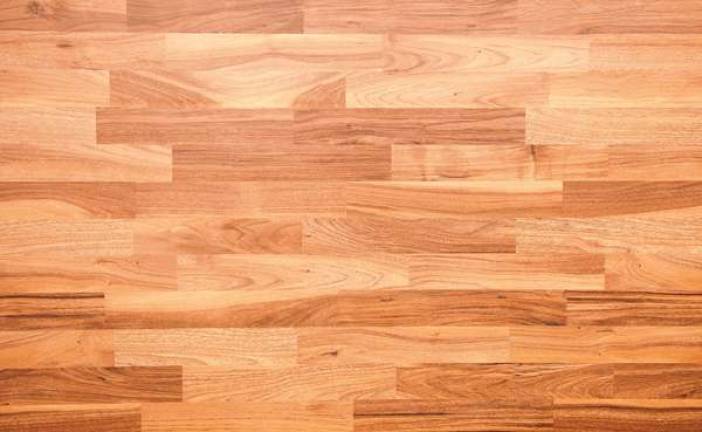Refinishing wood floors

Flooring is a hot feature in the housing market once again. However, homebuyers are less enthused with new “wall-to-wall” carpeting and more interested in natural, hard surfaces such as hardwood floors.
If you live in an older home, it is likely that wood floors exist underneath carpeting. This does not guarantee they will be in optimal condition.
Removing old carpeting and restoring wood floors is a sound investment. You can expect a professional to take the following steps when refinishing hardwood floors. If you are feeling a confident burst of DIY zest, you can follow them yourself.
Sanding
A drum sander is used to remove all the old coatings of stain and sealer and to level out any minor bumps in the wood. Sanding should always following the grain of the wood. A professional will attach a bag to the sander so that a majority of the resulting dust will be caught and not end spread over every room of your home.
Edging
Edging is a term applied to sanding with a handheld edge sander — frequently used to sand hard-to-reach areas and corners. (Drum sanders are big and round). The sandpaper should be the same grit level as the paper used on the drum sander.
Filling
Next, any gaps or cracks need to be filled. A wood filler that is tinted a similar color to the floor's natural color should be used.
Sanding, Again
And now another round of sanding. This helps to smooth over and blend the wood filler with the wood and is not as extensive as the first round of sanding. After the sanding is complete, the floors need to be both vacuumed and dry-mopped to catch any remaining dust and debris.
Finishing
The final stage is staining and finishing the floor. Usually two coats of stain are applied and at least one coat of sealer. Each application requires an applicator resembling a mop.
You should wait at least four days before moving any furniture back into the space. The floors will take a full 30 days to cure, so limit area traffic and the placement of rugs.